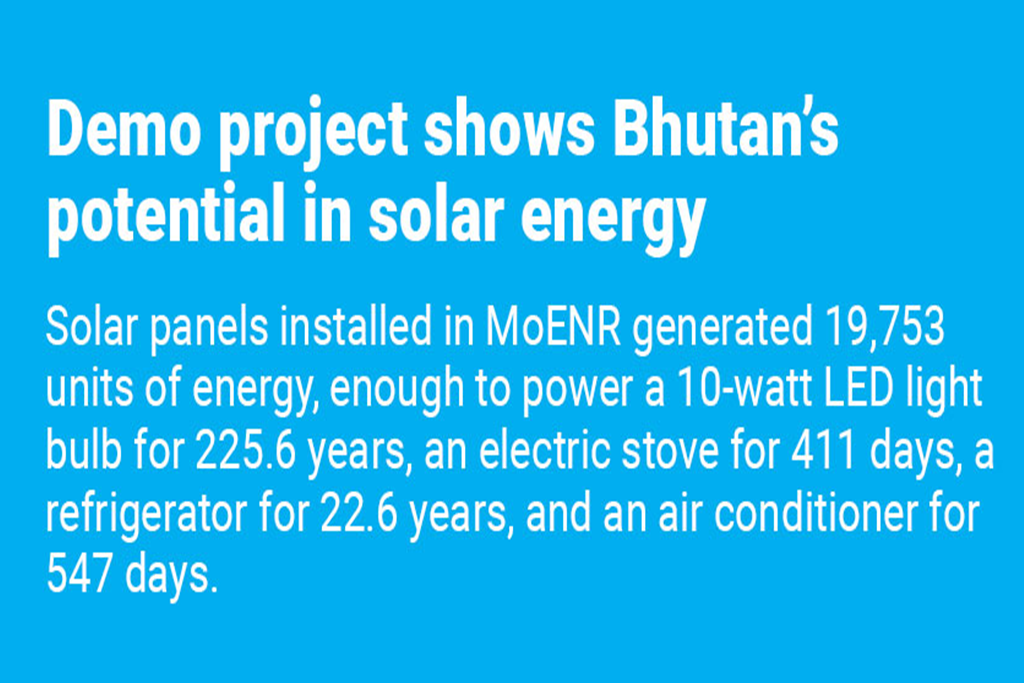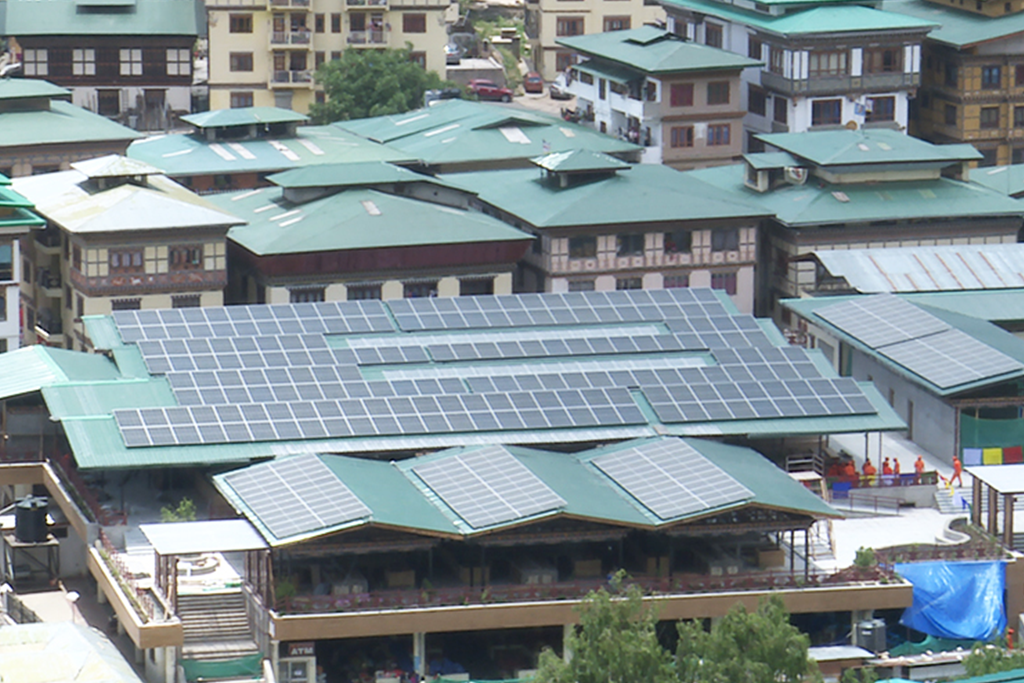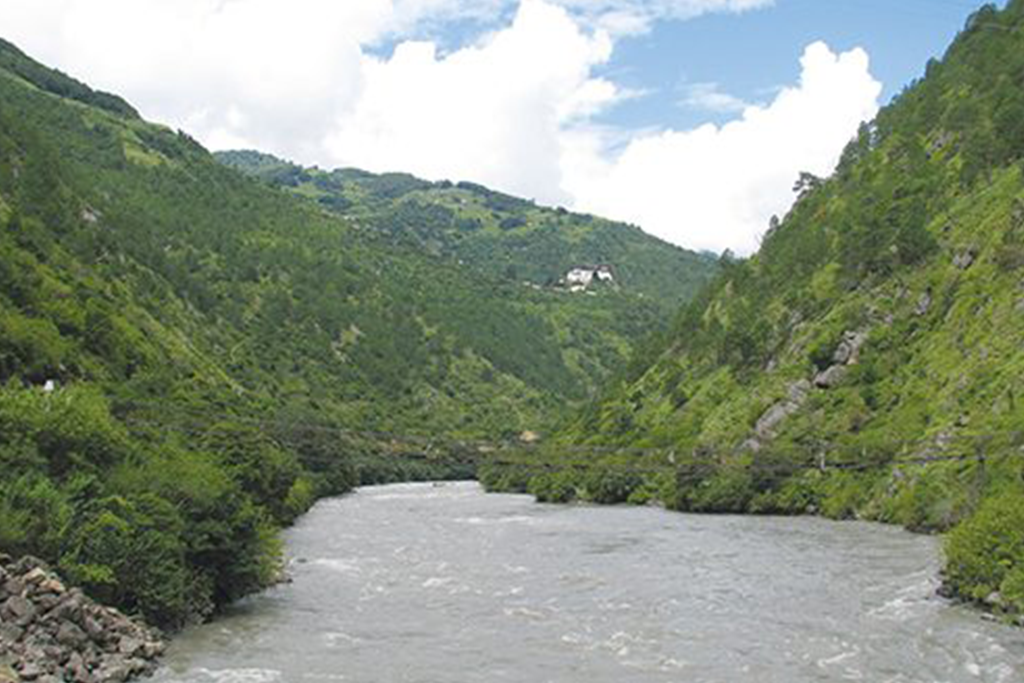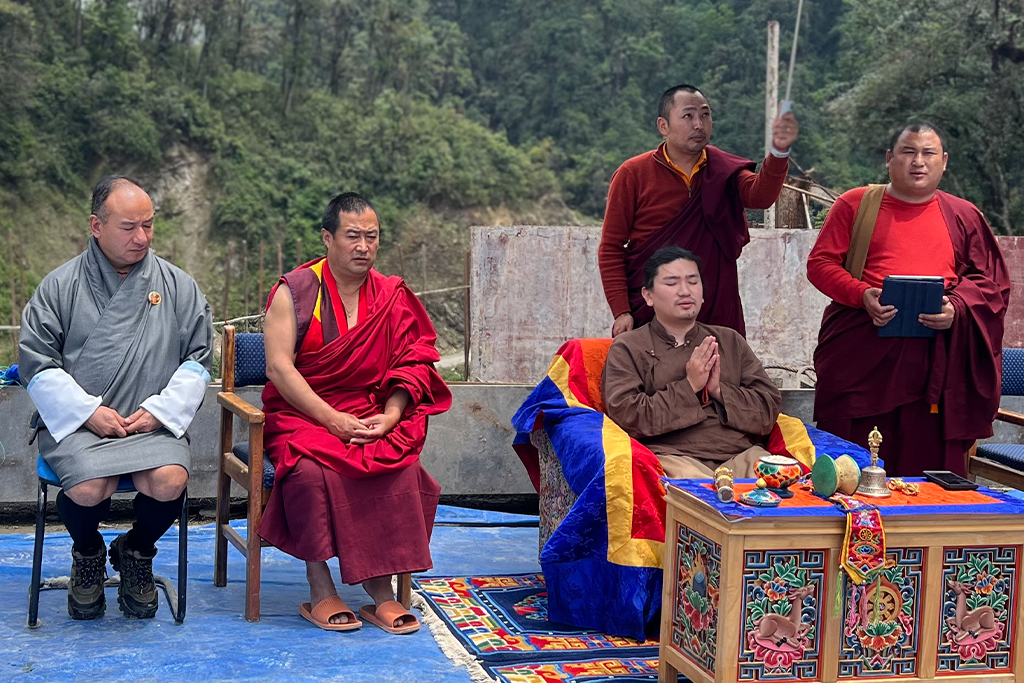10 hydropower projects in pipeline to generate 7,600 MW
Kuensel | Dechen Dolkar | June 13, 2023
Construction of three small projects started
With the aim to generate 10,000MW of electricity by 2020 long failed, the new focus is to generate around 7,600MW from 10 projects.
According to the 2023-24 budget report, the 10 projects in pipeline are the 600MW Kholongchhu hydroelectric project, that has come to a halt, the 2,640MW Kuri-Gongri hydroelectric project, 1,125 Dorjilung hydropower project, 404MW Nyera Amari hydro-power project, 180MW Bunakha reservoir hydroelectric project, 2,500MW integrated Gongri reservoir/Jerichhu pumped storage project and five small hydropower projects that will generate 181MW.
The budget report, presented to the Parliament on Friday, states that the government will resume the implementation of the 600MW Kholongchhu HEP. The Joint Venture has been closed and the Druk Green Power Corporation (DGPC) has bought the shares of SJVNL in January this year. Discussion on debt financing for the project is in progress.
Officials from DGPC said that they are waiting for funds to start the project.
The report also states that the detailed project report of the 2640MW Kuri-Gongri HEP is being undertaken with WAPCOS limited, India as the consultant. The consultant has presented the draft DPR to the stakeholders in May, this year.
Meanwhile, the DPR for Dorjilung HEP, which DGPC has undertaken, is expected to be completed by December 2024. The World Bank has been requested to take the lead in coordinating a consortium financing for Dorjilung.
The project reports for 404MW Nyera Amari HEP and 180MW Bunakha reservoir HEP have been completed. The ADB has been requested for project structuring to take the project for-ward. The Nyera Amari HEP and Bunakha Reservoir HEP is expected to generate 1,599 million units and 719 million units annually.
DGPC is also carrying out the feasibility study of the 2,500MW integrated Gongri HEP reservoir/Jerichhu Pumped Storage Power Plant (PSPP). The integrated project aims at making use of the project component of Gongri project as the lower reservoir. The development of a reservoir/pumped storage type of hydropower project will play a critical role in enhancing energy security, managing power deficits, and maintaining grid stability besides enabling industrial growth, according to the report.
Feasibility study of five projects under Phase-2 small hydropower projects with a total installed capacity of 181 MW is currently on-going and is expected to be completed by June this year. Construction of the projects – 90 MW Jomori, 45 MW Gamri-I, 26 (18+8) MW Druk Bindu I&II, and 20 MW Begana – is planned to commence immediately after the study is approved.
Ongoing hydropower projects
The long delayed 1,200MW Punatsangchhu-I hydroelectric project is still waiting for the decision of the Inter- Governmental Group (IGG) whether to go ahead with the dam or switch to the barrage option.
As of April this year, Nu 85.2B has been disbursed to the 1,200MW Punatsangchhu-I. 87.7 percent of the works have been completed. The IGG was constituted on January 16 this year to review and find a technically safe and cost-effective way for-ward. The group is expected to submit the report to the two governments this month.
The 1,020MW Punatsangchhu – II project is scheduled to be commissioned in 2024. The project on the same river which start-ed much later will see cost escalate from Nu 72.9B (March 2015) to about Nu 94.4B. As of April, a total of Nu 79.7B has been disbursed and 94.7 percent of the works of the project has been completed.
The 118MW Nikachhu HEP will be the first to be commissioned. Commissioning is scheduled for later this year. The total project cost is estimated at Nu 11.964B. As of April, the project has spent Nu 11.903B and the overall project progress stands at 92.6 percent.
Small projects
Three small hydro projects with a total installed capacity of 104 MW are currently under construction. The projects – 54 MW Burgangchhu, 32 MW Yungichhu, and 18 MW Suchhu, are planned to be commissioned between 2024 and 2025. A total fund requirement of Nu 9.320B is projected.








